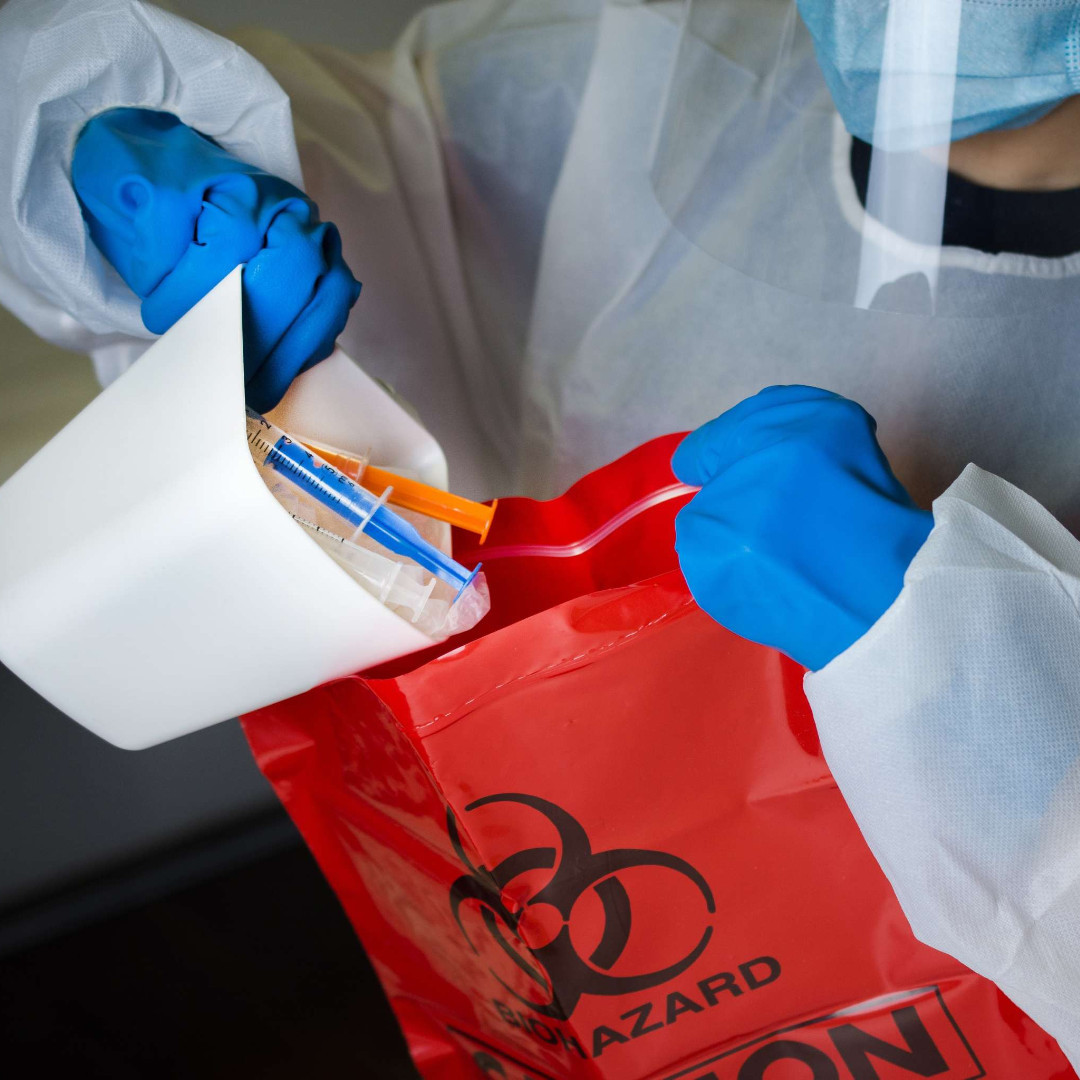This post, Designing a Better Ambulance, first appeared on https://www.emsworld.com.
Today’s ambulances are far from perfect. For instance, “the cab area is filled with operational distractions and frequently too crowded for comfort or safety,” says Tracey Loscar, EMS operations chief for the Mat-Su Borough Department of Emergency Services in Wasilla, Alaska. “Meanwhile, the patient compartment has limited ability to protect the crew from impact injuries, specifically closed head injuries.”
But what if ambulances could be made perfect? Or at least much better than they are today? We asked EMS professionals to imagine their “perfect ambulance” and what could be done to make real-world ambulances better.
Safety First!
The perfect ambulance would be built to put safety first. It would “secure the patient, caregivers, and any other occupants with proper restraints,” says Ron Thackery, CEO of Thackery Group LLC and an expert on safety, risk management, procurement, and controlled-substances administration in EMS. “Patient restraints would meet SAE requirements in addition to any other regulations.”
This “dream bus” would be outfitted with sufficient warning lights and conspicuous markings to make sure everyone could see it, Thackery adds. To protect occupants while driving, “equipping the unit with cameras, lane assistance, distance control for other vehicles, and drowsiness detection would be important.”
Lots of Space
In the perfect ambulance sufficient compartment space would allow multiple caregivers to attend to a patient. In the real world working space can be tight—sometimes too tight.
“Much of this has to do with the size of the ambulance and how much you consider placement of items like onboard suction, sharps containers, and monitor mounts,” says Tom Bouthillet, battalion chief of EMS in Hilton Head Island, S.C. “When the ECG, NIBP, SpO2, and CO2 are attached and the monitor is mounted to one side of the patient or the other, it’s an obstacle to switching sides.”
The good news: With proper planning, a real-world ambulance can maximize its interior working space. To make this happen, “consider purchasing a monitor mount for each side of the ambulance,” Bouthillet advises. “Talk to the guys in the shop before they make decisions about radio placement and so on. Even trash can placement matters.”
Logical Layouts
There’s much debate surrounding which ambulance interior layouts would be perfect for EMS providers and their patients.
“I prefer the design that changes the single bench seat into bucket options that have swivel/movement capability,” says Loscar. “A rotational bucket design, high-backed with a good restraint system, is very appealing to me.”
Meanwhile, when it comes to carrying patients inside, “I would find a way to raise or mount the stretcher higher within the ambulance, reducing the need for the crew to bend and reach while doing patient care,” she adds.
As well, “an optional ramp system or additional safe method for easy ambulatory entry would make it safer for patients and crews,” Loscar observes. After all, “crews are not the only people who need to step into an ambulance. In multipatient scenarios or for patients with minor ailments who are ambulatory, ambulances can be difficult to navigate.”
Keep It Simple and Usable
Experts generally agree that perfect ambulances would have drawers, cupboards, and door covers that are safe and easy to work with. “Take away small knobs and narrow drawers,” says Loscar. “We need clean, open spaces with recessed areas that have padded perimeters, so small items can be contained instead of being at risk of rolling off and becoming inaccessible.” “
Caregivers should be able to reach all necessary equipment and supplies from their seated and restrained positions,” adds Thackery. At the same time, “the ambulance should have an alarm system indicating whether any occupants are seated and unrestrained.”
“Having automatic power locks for exterior compartments is a huge plus,” Bouthillet says. “Certain types of exterior compartment doors are difficult to close, and they shouldn’t be.”
All of this is attainable in the real world, he adds. “So take your time with the details when you spec out a truck and make sure you involve tenured paramedics with good judgment.”
Patient Comfort
The dream bus would be warm enough to keep patients comfortable, but this isn’t often the case with crews working on the street. “For some reason firefighters in particular think it should be 67ºF in back of the ambulance,” says Bouthillet. “This is too cold for most elderly patients.”
To ensure sufficient warmth for patients, “it’s important to make sure the truck’s power supply can run lights, sirens, and climate control simultaneously for long periods of time,” he adds. “In the old days the lights inside the truck would pulsate because the truck was underpowered. Nowadays our ambulances have a separate generator to help power the climate control in the back. It also means you can have power with the ignition turned off.”
Ergonomics Matter
The perfect ambulance would accommodate the physical needs of the EMS crews who essentially live in them during a shift. Doing so would minimize crew injuries and fatigue, resulting in enhanced working conditions and thus better care of patients. “A crew spends all day going in and out of the vehicle, so the ergonomics of where and how their equipment is secured, along with how it’s removed and returned to the vehicle, is vital,” says Loscar. “Any and all attempts to reduce the risk of repetitive motion injuries, such as to shoulders or knees, should be considered during the design phase, not addressed after the compartment is already built.”
In this vein, “I see stretcher-loading systems like Stryker’s Power-LOAD as serving both patient and provider safety, as many mishaps occur during loading and unloading—and back injuries can be career ending,” says Bouthillet.
So Do Creature Comforts
A dream bus should also accommodate the nonmedical needs of EMS crews. It should include “creature comforts” such as cup holders, ample leg room, storage for personal items, and mobile hotspots to connect providers’ smartphones to the world. “Creature comforts sound like a luxury, but we do refer to the truck as our ‘home for the next 12 hours,’” Loscar notes. “For agencies using system status management and remote posting, offering creature comforts can make a difference in both enhanced functionality and improved morale.”
Achievable Goals
The ideas outlined by the operators who spoke with EMS World not only fit in “perfect” ambulances, but those of the real world. They are within reach today for EMS agencies—as long as you include them when designing your next vehicle.
Procurement officers take note: There’s a lot you can do to buy ambulances that are better for EMS crews and their patients, even if these buses aren’t actually perfect.
James Careless is a freelance writer and frequent contributor to EMS World.
Sidebar: More EMS Agencies Thinking Small
In a rethinking of the traditional full-size box ambulance style, EMS and fire departments nationwide are moving toward smaller, consumer-style chassis designs to realize advantages such as cost savings, increased maneuverability, and speedier response.
Star City Volunteer Fire Department, a single-station service covering Star City, W.V.—adjacent to Morgantown and West Virginia University—recently purchased a 2019 Ford Transit T-350 to better serve the needs of its community and responders. Star City EMS operates under a hybrid paid/volunteer model with over 30 full- and part-time staff and four ALS vehicles.
“This is a large purchase for our department,” says Sam Hamilton, captain of EMS field operations, who worked with builder Osage Ambulances to design the new vehicle with input from a core group of staff members who compiled a wish list of specifications.
“We literally started with a shell and designed it from the bottom up,” says John Hitchens, EMS administrator for the Star City Fire Department, adding that features such as vertical oxygen loading, removal of the rear bench in favor of a captain-style seat and “airway seat,” minimal cabinetry for greater ease of movement, and other details made the vehicle a true custom build. “If it was feasible, we did it,” says Hitchens. “We wanted to make it something nobody had seen.”
While compromises naturally come with a smaller patient compartment, the slimmer body design holds marked advantages over the service’s full-size ambulances. “It’s lighter without being top-heavy, things are within easy reach, and it’s easier to drive,” says Hitchens, adding that he’s noting a trend in the industry toward smaller vehicles. While larger ambulances still serve their purpose, Hitchens says, smaller models allow agencies to keep costs in line, improve transport safety, and maintain a professional level of service.
Following a final state inspection and signoff, Medic 29 is scheduled to begin service this spring.
—Jonathan Bassett
This post, Designing a Better Ambulance, first appeared on https://www.emsworld.com.











